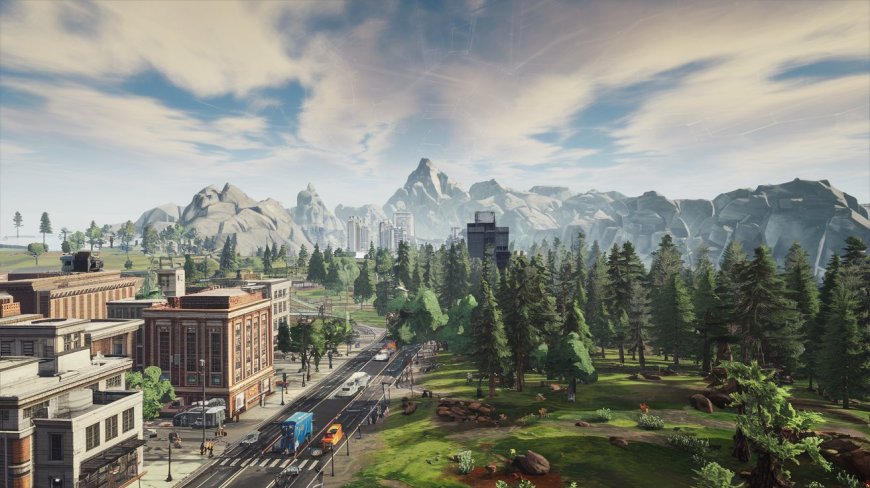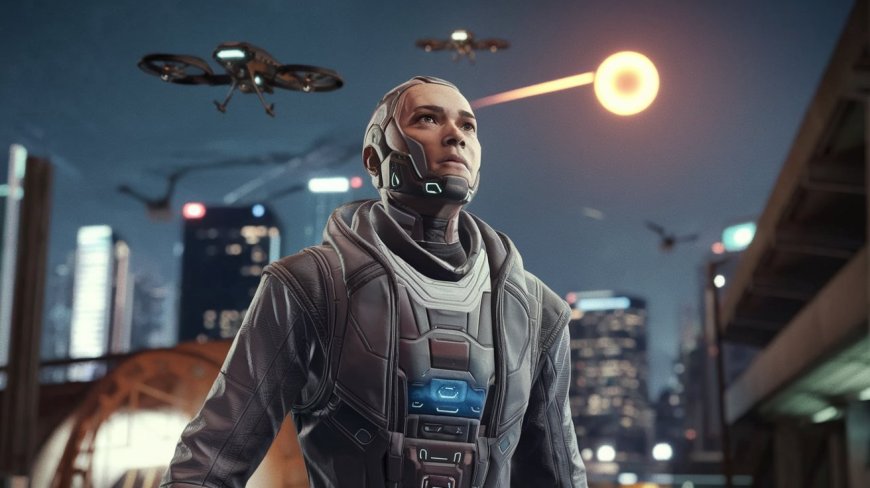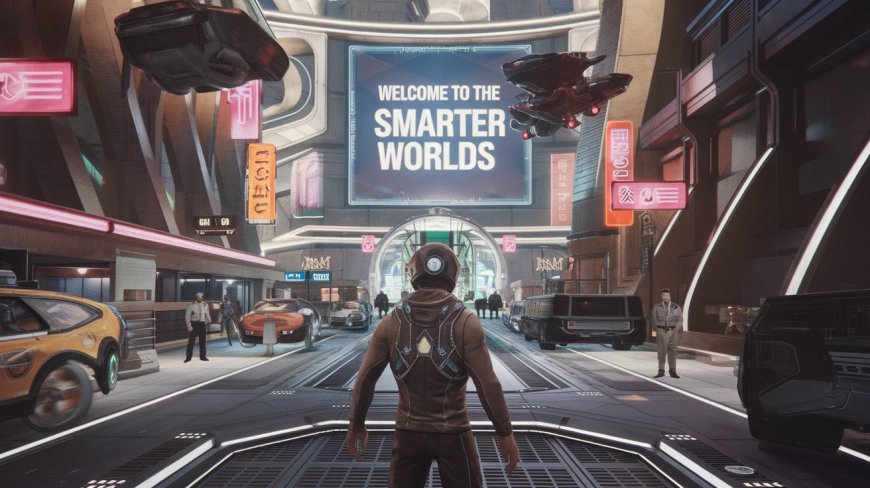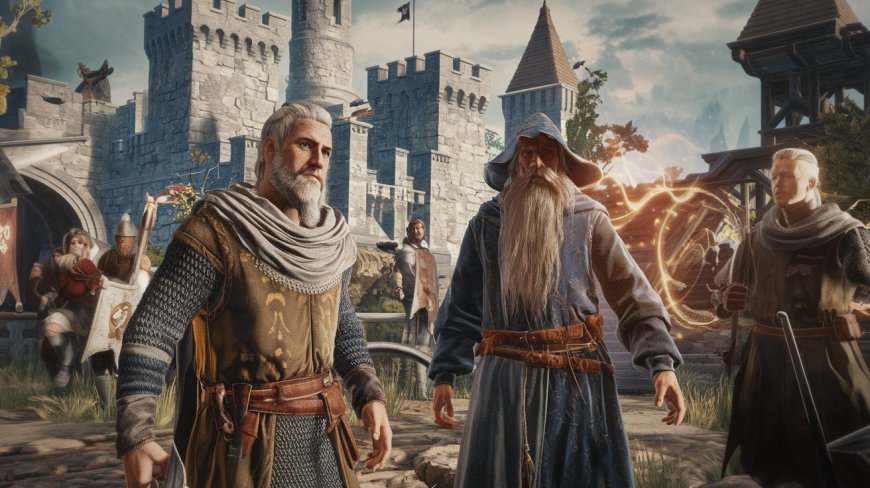The Role of Artificial Intelligence in Gaming: Smarter Worlds and More Realistic NPCs
The Role of Artificial Intelligence in Gaming: Smarter Worlds and More Realistic NPCs Artificial intelligence (AI) has become an increasingly important element in the development of video games, enhancing the realism, interactivity, and complexity of game worlds. AI-driven systems are used to create smarter non-playable characters (NPCs), generate dynamic content, and improve game balancing. In this section, we will explore the role of AI in gaming, the current advancements in the field, and how AI is shaping the future of game design.
Artificial intelligence (AI) has become an increasingly important element in the development of video games, enhancing the realism, interactivity, and complexity of game worlds. AI-driven systems are used to create smarter non-playable characters (NPCs), generate dynamic content, and improve game balancing. In this section, we will explore the role of AI in gaming, the current advancements in the field, and how AI is shaping the future of game design.
One of the most significant uses of AI in gaming is in the creation of NPCs. NPCs are the characters within a game that are not controlled by the player, but by the game itself. Traditionally, NPCs followed pre-programmed behaviors and routines, which could make them predictable and unchallenging. However, advancements in AI have enabled the development of more sophisticated NPCs that can adapt to player actions, learn from their environment, and exhibit behaviors that are more realistic and unpredictable.
For example, in the game "The Last of Us Part II," the AI-controlled enemies are capable of coordinating with each other, reacting to the player's tactics, and even expressing emotions like fear and anger. These intelligent NPCs create a more immersive and challenging experience, as players must continually adapt their strategies to outsmart their opponents. AI is also used to create more lifelike and interactive companions in games, such as the AI-driven dog in "Metal Gear Solid V: The Phantom Pain," which assists the player in combat and exploration based on its understanding of the player's actions.
AI is also being used to generate dynamic and procedural content in games. Procedural generation allows for the creation of vast and varied game worlds that are not hand-crafted by designers, but instead generated by algorithms. This technique has been used in games like "Minecraft," where the terrain, biomes, and structures are procedurally generated, resulting in a virtually infinite world for players to explore. AI-driven procedural generation can also be used to create unique levels, quests, and characters, ensuring that each playthrough of a game is different from the last.
Another area where AI is making a significant impact is in game balancing. AI-driven systems can analyze player behavior and performance in real-time, adjusting the difficulty of the game to match the player's skill level. This dynamic difficulty adjustment ensures that the game remains challenging and engaging for players of all abilities, without becoming too frustrating or too easy. For example, in the game "Left 4 Dead," the AI Director adjusts the pacing, difficulty, and intensity of the game based on the players' performance, ensuring a more personalized and engaging experience.
AI is also being used to enhance the realism of game worlds through advanced physics simulations and animation techniques. AI-driven systems can simulate realistic environmental interactions, such as the behavior of water, fire, and wind, as well as the movement and physics of objects and characters. These simulations create more immersive and believable game worlds, where the environment reacts dynamically to the player's actions. AI is also used to improve character animations, allowing for more natural and fluid movements that respond to the game's environment and context.
Looking to the future, AI is likely to play an even more significant role in gaming, with the potential to create truly intelligent and autonomous game worlds. As AI technology continues to advance, we may see the development of games where NPCs have their own goals, desires, and personalities, creating emergent gameplay that is driven by the interactions between the player and the AI. AI-driven procedural generation could also lead to the creation of game worlds that are not only vast and varied but also deeply interconnected, with each element of the world influencing and being influenced by the others.
In conclusion, AI is a powerful tool that is transforming the way games are designed and experienced. By enabling smarter NPCs, dynamic content generation, and more realistic simulations, AI is helping to create game worlds that are more immersive, interactive, and engaging than ever before. As AI technology continues to evolve, it will undoubtedly play a central role in shaping the future of gaming, opening up new possibilities for game design and player experiences.





